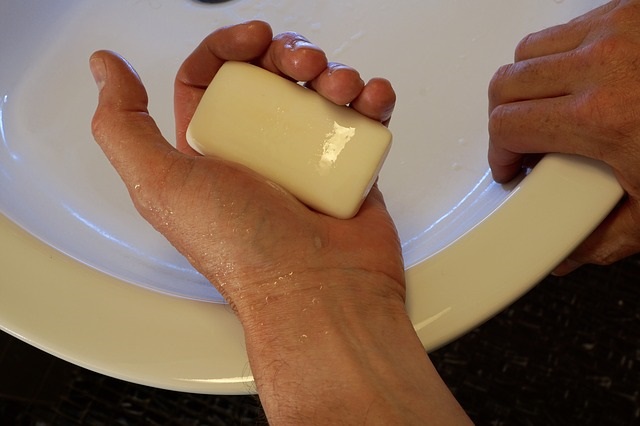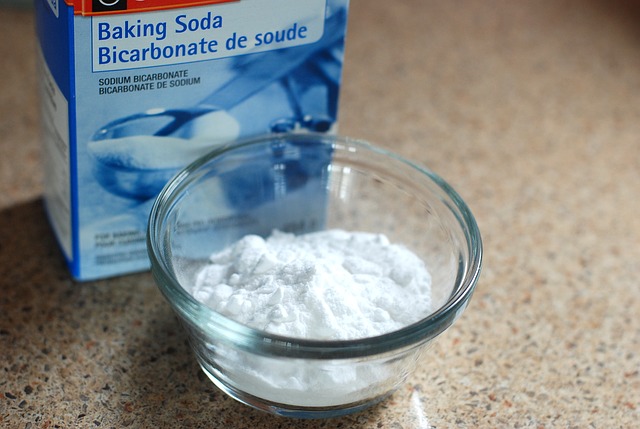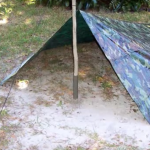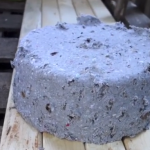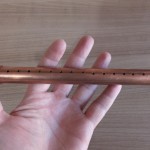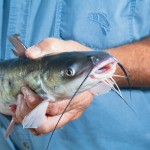Why Fire Ants Sting and How to Deal With Them

Fire, or red ants, are particularly aggressive and produce a very painful bite. Their bites are also potentially-lethal to pets and humans, especially if a victim has an allergy to bee stings. Let’s take a look at some reasons why they bite as well as some basic treatment options if you or someone you know gets attacked.
Killing Predators

Fire ants primarily attack if they feel that their nest is threatened by a predator. They generally do not go out on seek-and-destroy missions unprovoked. Unfortunately, nests can be difficult to detect, especially in grassy areas where natural cover prevents people from identifying them before sitting down in the wrong spot.
Once the ants feel threatened, they attack with a vengeance as hundreds of thousands are primed and ready to defend the nest at all costs. They clamp down on the skin with their jaws and inject a venom that produces a searing, burning sensation. This venom causes an immune response within the body that leads to swelling, pain and redness as well.
Get Them off of Me

The first thing to do if attacked by fire ants is to get away from the nest as quickly as possible. Fire ants are not going to chase you, so you will only have to deal with the ones that are crawling on the body or attached to the skin. This will significantly reduce the extent of the attack and injury as well as minimize the chances of having a life-threatening reaction. You can start to remove the ants as you are fleeing the area.
Try to pick the ants with your fingers by grabbing them and pulling them off. Try to resist the urge to slap or smoosh the ants dead because this will only agitate them further and cause them to strike more aggressively. You may want to remove pieces of clothing as necessary to separate the ants from the body as well. Hosing down the body, spraying with soapy water or jumping in a body of water can help to reduce the severity of an attack. Keep in mind that one ant can sting up to six times as they thrash about the body.
First Aid
The first thing that you will probably notice is the development of huge blisters, welts and areas of redness around the site of the bites. These form soon after the initial sting occurs and the ants leave or are removed from the skin. The first thing to do after the ants have been removed is to wash the affected area with soapy water. This will help to reduce the chances of infection while also getting rid of any venom or ant bits that may remain on the surface of the skin.
Elevate the area so that it is above the heart in order to reduce initial swelling. Apply an ice pack to the affected area in order to reduce swelling and soothe discomfort for 10 minutes. Remove for 5 minutes and apply again. Continue doing so until some of the initial symptoms subside. Consider taking some antihistamine medication or applying a hydrocortisone cream to the affected area to soothe and relieve symptoms as well
The blisters will probably turn from a clear to a cloudy liquid before bursting. They will be itchy, painful and irritating. Do not pop the blisters as infections can form as a result. Let them dry naturally whenever possible.
The only thing left to do is let nature take its course and use topical medications and home remedies to soothe the irritation and pain. Unless someone has an allergic reaction similar to a bee sting, the injury will not be life-threatening.
In fact, only about 1% of the population is at risk of having a severe reaction to an attack unless they are bitten by thousands of ants. However, it’s important to monitor the condition of the victim and seek immediate medical treatment if severe symptoms appear. These can include difficulty breathing, swelling of the neck, face and airway, rapid heart rate, rashes or hives in other parts of the body that were not bitten, nausea, vomiting, shock, convulsions or tightness in the chest.
The best thing anyone can do is to avoid getting bitten in the first place. Be careful where you step, sit or set up camp. Be particularly careful when working in the garden or mowing the lawn. This is especially true as spring turns into summer and the ants are more active. Follow the general guidelines above for dealing with stings, and feel free to research some home remedies that have helped others in order to have more treatment options on hand.


